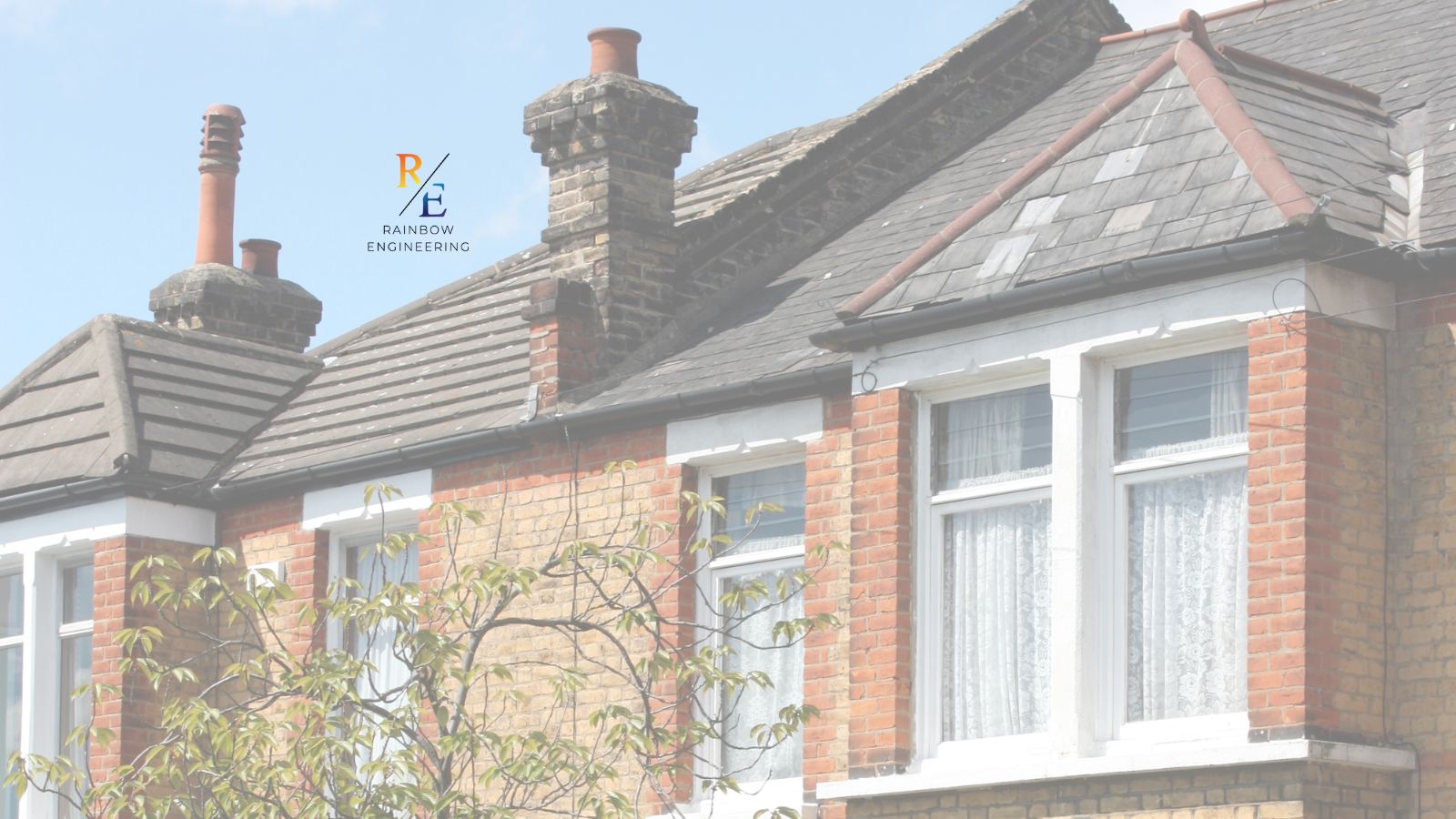
Background
The building is a Victorian-era residential property located in Brisbane, Queensland, and is listed on the Queensland Heritage Register due to its historical significance and unique architectural features. In early 2023, the owner-initiated renovation works to restore the decaying timber elements and upgrade the internal structure for safety and functionality, while preserving its heritage character.
The project was partially funded through a State grant for heritage restoration. A builder was contracted to carry out the works, including re-levelling floors, reinforcing the roof structure, and replacing deteriorated joists and bearers.
Problem
Six months into the construction works, the owner issued a formal notice of dispute against the builder, citing:
- Alleged unauthorised removal of original structural elements.
- Non-compliant replacement with modern materials without heritage approval.
- Visible cracks in internal walls and foundation subsidence following intrusive re-levelling.
- Suspected damage to structural integrity due to aggressive underpinning techniques.
The Local Heritage Council halted the works due to concerns about the preservation of heritage fabric, prompting a formal investigation. The owner then appointed an independent forensic structural engineer (RPEQ) to undertake a comprehensive assessment to support legal proceedings.
Our Approach
The independent forensic engineer undertook the following steps:
1. Review of Background Documentation
- Builder’s scope of works and variation orders.
- Approved heritage exemption certificates and permits.
- Original building plans and structural drawings (where available).
- Site photos before, during, and after the disputed works.
2. On-Site Forensic Inspection
- Conducted a visual structural inspection of all accessible areas.
- Non-destructive testing (NDT) methods including ground-penetrating radar and moisture mapping to determine hidden structural impacts.
- Laser-level survey to detect differential settlement or deformation.
- Timber testing for heritage joist decay and condition.
3. Expert Analysis
- Comparison of existing condition to approved scope and heritage guidelines.
- Evaluation of builder’s structural methods against NCC and AS 2870 (Residential slabs and footings), AS 1684 (Timber framing), and the Burra Charter for heritage conservation.
- Identification of departures from compliant practice.
4. Independent Reporting
- Prepared a RPEQ-certified forensic report including:
- Structural damage maps
- Photographic evidence
- Identified breaches of heritage preservation protocols
- Recommended remediation strategies for structural and heritage compliance
Findings
The forensic report revealed:
- Unauthorized removal of historically preserved significant joists without prior approval.
- Use of chemically-treated modern pine for replacement without proper isolation, violating heritage compatibility requirements.
- Inadequate propping and re-levelling sequence causing differential settlement and structural cracking.
- Non-compliant concrete underpinning methods contributing to foundation movement.
Outcome
The report served as expert evidence in QCAT proceedings. Key outcomes:
- The builder was found to have breached the Building Act 1975, the NCC, and Heritage Act 1992.
- The tribunal ordered remedial works under the direction of a qualified heritage structural engineer.
- The owner received partial cost recovery for damages and non-compliant work.
- A new builder was engaged, with all rectification works supervised by the independent forensic engineer to ensure structural stability and heritage fidelity.
Lessons Learned
- Independent structural forensics are essential in heritage disputes where both compliance and preservation are in conflict.
- Heritage projects require strict adherence to material compatibility, techniques, and staged works to avoid irreversible damage.
- A qualified RPEQ engineer ensures evidence holds weight in legal and regulatory forums.
- Collaboration between heritage authorities and structural professionals must be maintained throughout a project, not just reactively after disputes arise.
Need an Expert Eye on Your Project?
When structural issues threaten your property’s integrity—or your peace of mind—Rainbow Engineering is your trusted partner. Our RPEQ-certified engineers don’t just inspect; they uncover, document, and defend your case with evidence that holds up in court, council, and contract disputes.
Whether it’s a heritage restoration, a modern build, or a dispute in the making, we’re ready to step in.
Book a forensic inspection today and protect what matters most.
👉 Call us now to get started.

